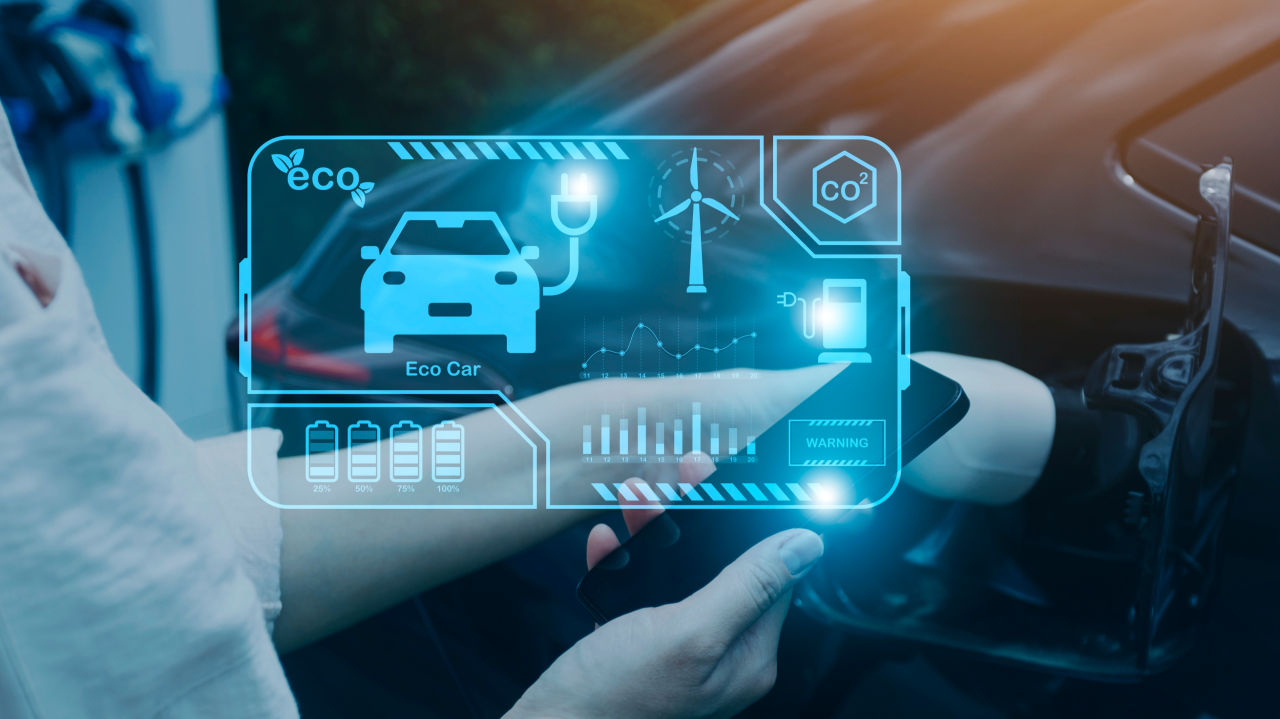The rise of AI tools for mechanics is reshaping the automotive world. As technology advances, these tools offer mechanics new ways to enhance their work, improve accuracy, and increase efficiency. In this article, we’ll explore how AI tools for mechanics are changing the landscape, benefiting both mechanics and car owners alike.

Introduction to AI in Automotive Repairs
AI technology in the automotive industry goes beyond just creating smart cars and autonomous vehicles. It extends into the repair shops, where AI tools help mechanics to diagnose issues faster, predict potential problems, and offer precise solutions, thus minimizing downtime and maximizing efficiency. According to Cloud4C, the integration of AI in automotive repairs signifies a forward leap in technological innovation.
Benefits of AI Tools for Mechanics
Enhanced Diagnostic Accuracy
One of the significant benefits of AI tools is their ability to enhance diagnostic accuracy. These tools use vast databases and machine learning to quickly pinpoint issues, making them invaluable to mechanics. The ability to accurately diagnose problems the first time reduces the trial-and-error approach, saving time and resources.
Predictive Maintenance
Predictive maintenance is a crucial feature offered by AI tools. By analyzing data, AI can predict when a car part might fail and recommend proactive solutions. This ability to foresee issues before they occur helps in avoiding unexpected breakdowns and extends the vehicle’s lifespan.
Reducing Repair Time
With AI tools for mechanics, repair times are significantly reduced. Automated systems can scan and identify the problem areas faster than manual checks, thus enhancing the workflow and allowing mechanics to service more vehicles in less time.
Impact on Mechanics’ Workflow
The introduction of AI tools impacts the mechanics’ workflow positively. Not only does it expedite various processes, but it also allows mechanics to focus more on delivering quality service rather than spending exhaustive hours on problem-solving and part identification.
Streamlining Work Processes
AI technologies streamline workflows by automating routine tasks. This streamlining enables mechanics to allocate their skills to tasks that require detailed human attention, thus allowing for better customer service and workflow management.
Human-AI Collaboration
Mechanics working alongside AI tools have reported increased job satisfaction. The collaboration between human intelligence and AI results in a more enjoyable and less stressful work environment. Mechanics can leverage AI for the technical aspects, while they focus on customer service and creative problem-solving.
AI Adoption in Auto Repair Shops
Resistance to Technological Change
While AI tools offer immense potential, some repair shops are still hesitant to adopt due to the costs and the learning curve involved. However, the long-term benefits in efficiency and profitability make the investment worthwhile.
Training and Upskilling
To maximize the use of AI tools for mechanics, training and upskilling are essential. Auto repair shops are investing in training programs to ensure that their staff can efficiently use these advanced tools, thus securing a competitive edge in the industry.
Challenges and Considerations
Integrating AI into mechanics’ daily lives does come with challenges. Issues such as data security, the complexity of new systems, and the potential AI-induced job displacement are notable concerns. Addressing these challenges is pivotal for seamless integration and acceptance by the workforce.
Data Security
As mechanics increasingly rely on AI tools, the amount of data acquired and stored becomes significant. Ensuring this data is secure to prevent breaches and misuse is a top priority for repair shops implementing AI.
Overcoming Complexity
Mechanics must adapt to new systems, which can initially seem complex. Workshops and tutorials help bridge the knowledge gap, making it easier for mechanics to become proficient in using AI tools.
Looking Towards the Future
The future of AI tools for mechanics doesn’t only revolve around repair efficiencies but also greener solutions, as automation seeks to reduce environmental footprints. Auto repair shops embracing these advancements are poised to become leaders in the industry.
Sustainability and Innovation
AI is also steering the industry towards sustainability. From promoting energy-efficient repairs to advocating for eco-friendly materials, the future of AI in automotive care holds the promise of a more environmentally conscious approach.
Conclusion
Incorporating AI tools for mechanics is more than just a technological evolution; it is a revolution in the way automotive repairs are conducted. By embracing these tools, the automotive repair industry stands to benefit from improved accuracy, efficiency, and customer satisfaction, paving the way for a future where vehicle maintenance is as seamless as ever.
For further insights on AI’s impact on vehicle repairs, consider exploring AI’s rise in auto repair and what it means for mechanics today.

FAQ Section
How do AI tools enhance vehicle diagnostics?
AI tools improve diagnostics by using algorithms that analyze symptoms quickly, leading to accurate problem identification and solutions.
What are the costs associated with implementing AI in auto repair?
The initial cost can be significant, but the long-term efficiencies gained through timely repairs and predictive maintenance can outweigh these expenses.
Can AI tools replace mechanics?
While AI tools can enhance efficiency and accuracy, the human element in vehicle repair remains indispensable, particularly in areas requiring skilled judgment and personalized customer interactions.





